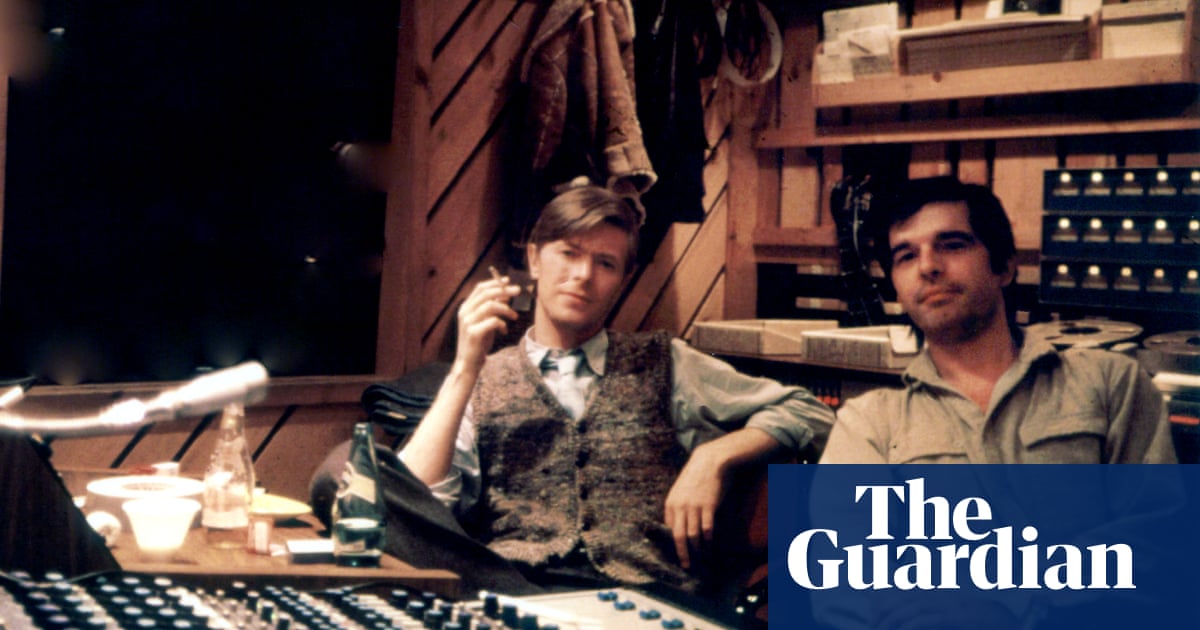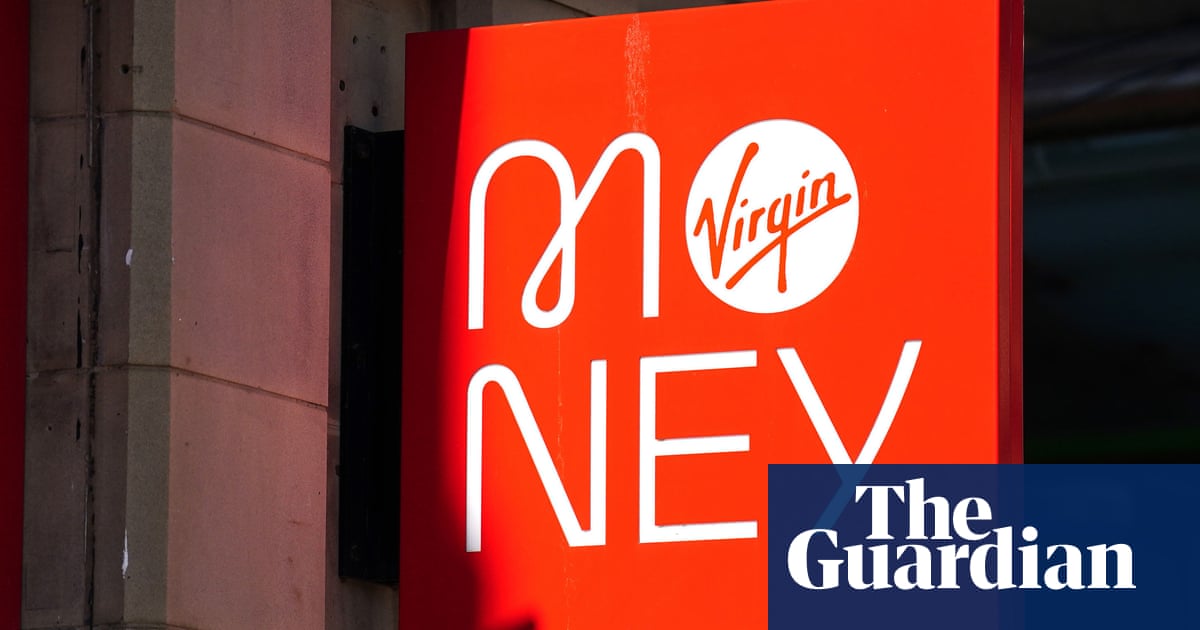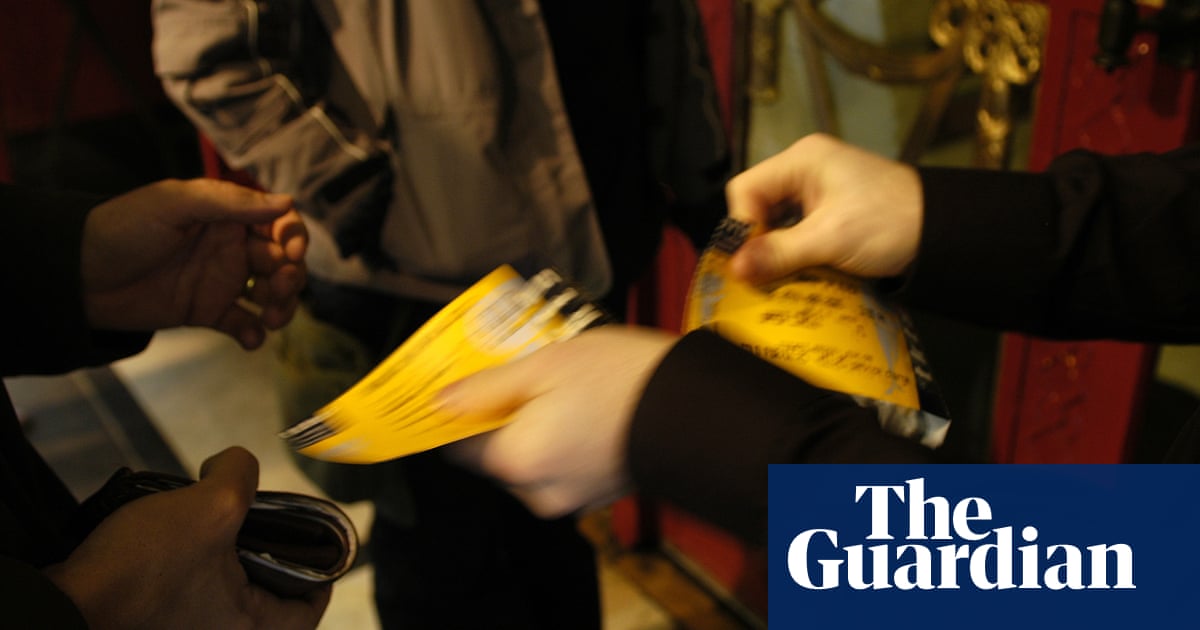
Michaela Yearwood-Dan, 26, and Mary Evans 57, are black British artists of different generations, but are united in their exploration of race and culture. Michaela’s vibrant, floral romantic paintings call on her Caribbean heritage; Evans’ striking cut-out silhouettes reflect images of brutal moments in history. Both sat down to talk about their experiences as black women moving through the arts world, 30 years apart.
Did you always want to be in the arts?
Mary Evans: I always wanted to be an artist. People often say: “Where’s that family trait from?” And the only thing I could ever think of is that my grandfather in Nigeria was a tailor. West African art isn’t necessarily separate from life. Making clothes is as creative as making pots, or making paintings, or making a shrine to your ancestors. It’s just life – it’s not: “I’m doing art.” I think that’s always been my perspective in relation to what I make.
Michaela Yearwood-Dan: I never thought about it like that. In my Caribbean heritage, there’s actually the same kind of idea. My grandparents were seamstresses and my dad used to do really intricate wood carvings, build furniture and make jewellery, but wouldn’t consider himself an “artist” either.
Both of you have made work that touches on race. How did you come to that?
ME: Race became a focus of my practice when I was studying at the Rijksakademie in Amsterdam. I was the only black student in my year and the only student who kept getting asked to get my passport stamped at the aliens’ police station. Later, I lost my passport and I had to go to the British consulate to apply for a new one. But they kept asking: “How do we know you’re British?” – and I didn’t know how to prove it. At that point, something changed. I couldn’t go back to making paintings that were quite nice, quite colourful, interesting to a point, but ultimately weren’t about anything.
MYD: That’s so challenging. My experience was more micro aggressions – and in the second year of my BA I started incorporating those experiences into my work. But it was quite tiring continuously talking about race, and you would end up being compared with the other more established artists who had those conversations on lock. I stepped back and thought: “What are the things I am continuously talking about?” I was in my 20s – it was dating and relationships. And race was still a part of that, because I’m a black woman talking about love.
ME: I spent all of my time at Goldsmiths purposely not talking about race. I was very aware of what was going on with some of the young black artists of the time – such as Sonia Boyce and Eddie Chambers – and I felt as if my tutors, who were all white men, were just goading me to “go there”. When I did eventually go there, it was for myself.
The reception isn’t always positive. There’s a documentary made by Eloise Sherrid called The Room of Silence. That’s when you’re in a crit as a student of colour, and all of a sudden when you talk about your work, the room is silent – nobody’s got anything to say.
MYD: Yes! In crits, I remember nailing my work up to the wall to present to everyone. I just wanted to scream at them: “Say something, say anything!” Even if you hate it.
ME: What I’m surprised by, Michaela, is that you left art school 30 years after me and it seems not a lot has changed.
How does all of this stretch into the rest of the art world?
MYD: I’m forever the only black person in a room. I’ve been racially discriminated against at shows that I’ve been in. I was once at the opening of a group show and I had an unlimited drinks token, because I was one of the artists. When I went to get a drink, the barman took my token. When I asked for it back, he went: “You’re not meant to have one of those ones, those are for VIPs.” I finally said: “I’m an artist.” He goes: “Yeah, I’m an artist, too, a Soundcloud artist.” I told him I was an artist in this show. And he was like: “Yeah, of course you are, and I’m David Beckham.”
ME: Once when I arrived at a show, the guy at the desk didn’t seem to know what the hell this black woman was doing standing in front of him asking to see the curator. He ignored me for about 45 minutes. When the curator eventually came down to find me, you should have seen the look on this man’s face. He was so embarrassed.
MYD: Whenever I feel impostor syndrome, I think: do white men ever feel this way? Also, I try to spot the people who are not worth my time. When it comes to curators and galleries – you don’t need them, they need you.
ME: Maybe things have changed in the past 30 years. I don’t think myself or my peers would have had that confidence when we were your age.
How have the Black Lives Matter protests made you feel?
MYD: People might be more willing to listen to our lived experiences now. We’re seeing people calling out their institutions, and they’re doing it now because it didn’t feel safe to call them out before.
ME: Institutions need to recognise that their black students can’t hold it all. I see a parallel with the photos of the black protestor who carried that white man – the way it was framed like, “Yes, he’s going to bear this all” – was infuriating.
What are your proudest achievements?
ME: I’m proud that I’m a leader of a fine art course [at Chelsea College of Arts, London]. Just last week a black student who’s about to graduate told me: “To talk to you, without me having to constantly educate you, was fantastic.” As a black woman, I understood where her work was coming from, I could see the references she was making. I want to be there for black students. That is just as important as the work I make as an artist.
MYD: That’s something that inspires me about you, too, Mary. You’re senior staff at a renowned institution and I have never in all my education received teaching from a black person. And I grew up in south London.
ME: You must persevere, Michaela. Don’t let anyone tell you to stay in your lane – overtake them on the motorway and take up space.
MYD: For me, I’m most proud of my choice to move away from figurative work, to integrate text and make my vulnerability visible to my audience. For women, vulnerability around things like relationships is often seen as a lesser form of art. So when I did it, I freed myself of the confines of other people’s constraints. I’m now proud that I make work about lurrrrve. And it’s paid off. Once, at a show, this white millennial posh Chelsea type saw a painting of mine and then started telling me all about the breakup he was going through, and how the work brought out all these emotions in him. I thought: “I’m making work that you get? You are not the target audience I had in mind, but it’s for everyone. Tell me about your love life. I’m all ears.”












